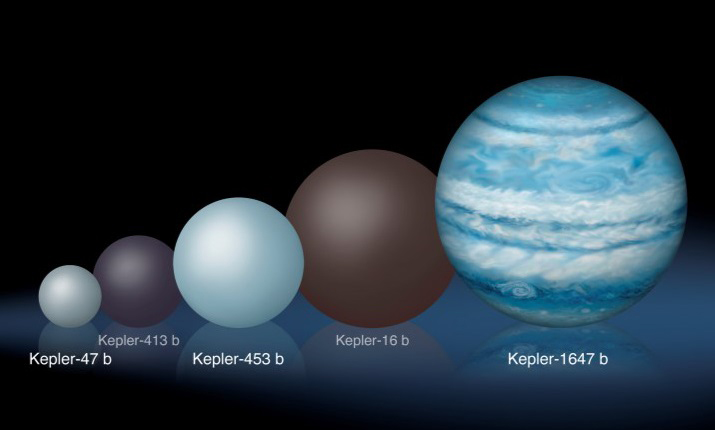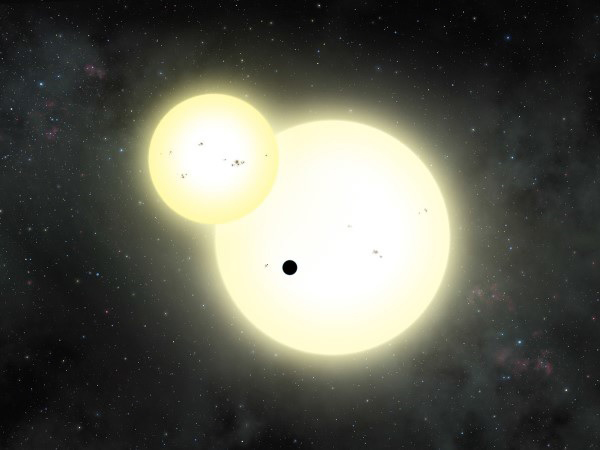On Monday, astronomers announced the discovery of the largest planet ever found orbiting two stars.

The planet, Kepler 1647b — named after NASA’s Kepler Space Telescope that found the exoplanet around the star Kepler 1647 — is about 3,700 light years away in the constellation Cygnus.
READ MORE: UBC astronomy student discovers 4 new planets beyond our solar system
Kepler 1647 (the stars) are believed to be about 4.4 billion years old, similar in age to Earth. They are quite similar to our own sun, with one being slightly larger and one slightly smaller.
Meanwhile, the planet is believed to be roughly the same size as Jupiter. That makes it the largest circumbinary planet — one that orbits two stars — ever discovered.

Astronomers have been searching for exoplanets, or planets orbiting other stars, for more than 20 years. The first was discovered in 1995. There have been more than 3,000 confirmed exoplanets discovered to date.
There are a few methods astronomers use in their search for these planets. One is a transit: a telescope, such as Kepler, is pointed towards a star and measures the light of the star. If it dips ever so slightly, that indicates that there could be a planet orbiting the star.

Get daily National news
“But finding circumbinary planets is much harder than finding planets around single stars,” said San Diego State University astronomer William Welsh, one of the paper’s co-authors. “The transits are not regularly spaced in time and they can vary in duration and even depth.”
READ MORE: WATCH—Possible asteroid explodes in Jupiter’s cloud tops
The researchers said that they were somewhat surprised that it took them so long to confirm the existence of a planet orbiting the stars. Finding large planets — often referred to as hot Jupiters — is easier than finding small ones. That’s due to the larger amount of light (though slight) that is blocked during a transit.
However, they suggested that it was likely more challenging due to the planet’s long orbital period around its star: 1,107 days, or just over three years. It is the longest orbit of any transiting exoplanet found to date.
Kepler 1647b is a gas giant — a large planet comprised primarily of gases — and also orbits much farther away from its two host stars than any other circumbinary planet. Unfortunately, because it is a gas giant like Jupiter and Saturn, it is unlikely to be a candidate to support life.
WATCH: 16x: The Search for Life






Comments